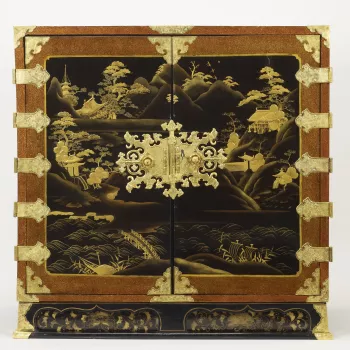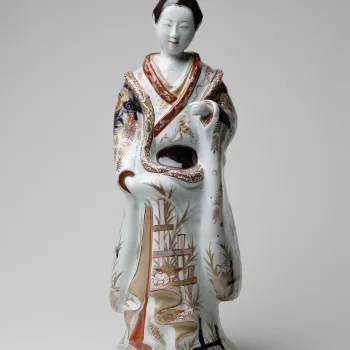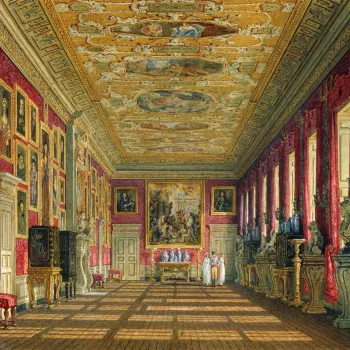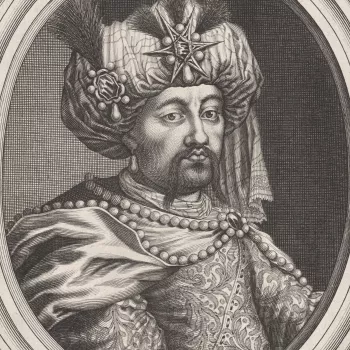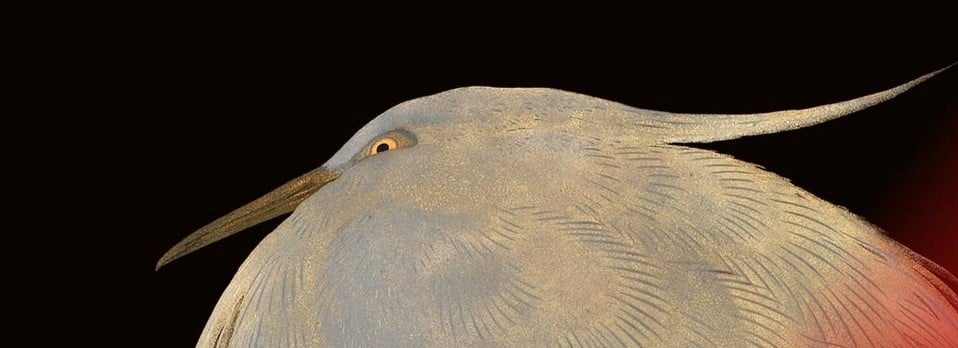
Trade
From the 1630s, Japan’s military rulers (shōguns) isolated the country from the outside world to reduce foreign influence. For 200 years, the Dutch were the only Europeans permitted to trade directly with Japan. However, demand for exotic Japanese goods remained high in Europe, where the secrets of porcelain and lacquer manufacture were not yet known.
Despite these restrictions, royal collectors such as Mary II (1662–94) and George IV (1762–1830) acquired Japanese art via Dutch and Chinese traders, assembling some of the finest examples in Britain. Costly imports of furniture and porcelain became an established feature of royal interiors, representing luxury and cosmopolitan taste.
Japanese wares were also adapted and imitated by European artists, who freely imagined a distant and mysterious land.




